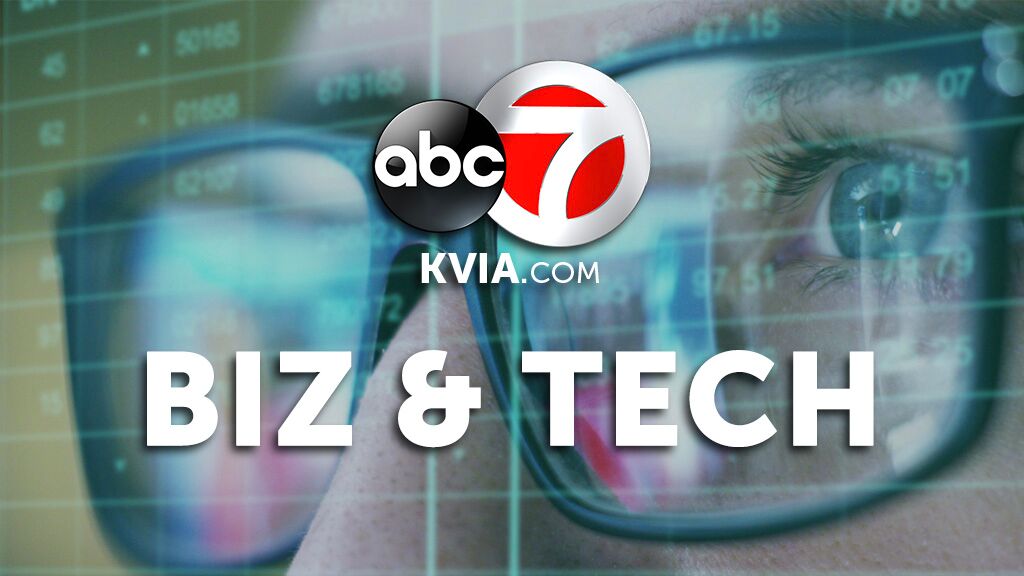The first 5G Super Bowl will offer a glimpse into the future of sports tech

The fans pouring into Miami for Sunday’s Super Bowl have even more to look forward to this year than the action on the field.
For the first time in Super Bowl history, the stadium and much of the city around it — including the airport and downtown Miami — have been outfitted with 5G technology. 5G is the next generation wireless technology that will create changes and opportunities in a wide range of industries.
In the pro sports world, 5G is expected to help leagues and teams entice more fans to buy tickets for live games, and give them more ways to engage fans even when they watch from home.
The applications for 5G in Miami this weekend will be relatively limited because the technology is still in its early days. The league is still working to figure out how best to put it to use and fans will only be able to connect to the network if they have a 5G-enabled device, which have still yet to be widely adopted.
But the NFL and Verizon, which partnered with the league to install the network, are hoping this weekend’s Super Bowl will give them a better idea of the potential for new fan experiences, revenue streams and operational efficiencies the technology could bring. And they want fans to get excited both about the future of the sport and about connecting to 5G.
“I can’t imagine going through these experiences and not being excited about the technology and what it will enable for sports and for the NFL and NFL fans,” Verizon’s Chief Product Development Officer Nicki Palmer told CNN Business. “It’s fantastic for fans because it brings the latest tech to their fingertips.”
The first 5G Super Bowl
The Super Bowl stadium is just the sort of place where 5G will make a major difference.
With 4G, when huge groups of people are in one place, the network gets congested and wireless speeds suffer. But 5G is expected to be around 100 times faster than the existing 4G network, and be able to handle hundreds more connected devices without slowing down.
Verizon said that fans with 5G-enabled devices at this weekend’s Super Bowl can expect download speeds of up to one gigabit per second. That means they will, for example, have an easier time posting on social media, the sort of user generated promotion that could help bring more fans to live games in the future.
There will also be a new feature on the NFL’s fan engagement app, OnePass, that will allow people with 5G devices connected to the stadium’s network to watch a multi-camera live stream of the game. The feature will let them watch from five different angles, so they can see beyond just the view from their seat, and to pause and rewind the game, so they don’t have to wait for a replay on the big screen.
For that to work, hundreds of cell boxes need to be placed in a relatively small area, because 5G signals don’t travel very far and struggle to move through hard surfaces. Verizon invested $80 million to build out 5G in the stadium and around Miami, and to beef up its 4G network so that even fans without 5G devices should experience improved network connection.
“Our goal is that as we think about the fan experience in the stadium, we’re always thinking about: How are we enhancing their experience?” NFL Chief Revenue Officer Renie Anderson told CNN Business. She added that the high speed network will make life easier for the many fans who already access their tickets, make payments and order concessions from their mobile devices.
Verizon and the NFL also worked together to develop a number of ways for customers without 5G devices to get a glimpse of what the technology will enable.
For example, another new feature on the OnePass app will help users find their way around the stadium — to their seats, food stalls, bathrooms and more. It’s the sort of thing that, eventually, will work even better when everyone is on 5G.
The 5G future of sports
It turns out, sports fans really do want a digital experience, even when they’re in the stadium.
“You go to a concert or a sporting event and everyone has a screen,” said Joe Favorito, a sports marketing and branding expert who has worked for the likes of the New York Knicks and the Philadelphia 76ers.
“Especially with baseball and the NFL … You’ve got all that downtime to engage with fans one on one. It keeps people in seats longer, give teams the ability to sell more product, makes fans follow stats more closely, and helps them connect with each other more within the stadium,” Favorito said.
The possibilities for fan engagement are huge. Imagine being able to aim your cell phone camera at the field and see information about each team’s record that season or stats for the athletes who are playing.
“Our fans have an extreme appetite for all things NFL — content about the game and stats and what guys are wearing and what they do with their families and where they vacation. We want to make sure that content is available anywhere and anytime,” the NFL’s Anderson said.
5G is also expected to hugely improve streaming and live gaming, meaning leagues will be able to better reach fans even when they’re following their favorite teams from home.
And things like games, apps and streaming platforms all have the potential to be sponsored or run ads, which could mean new revenue streams for leagues and teams, said Ken Shropshire, CEO of the Global Sports Institute at Arizona State University.
“It is kind of a way to say: ‘We’re cutting edge, we’re not some old sports league,'” Shropshire said.
